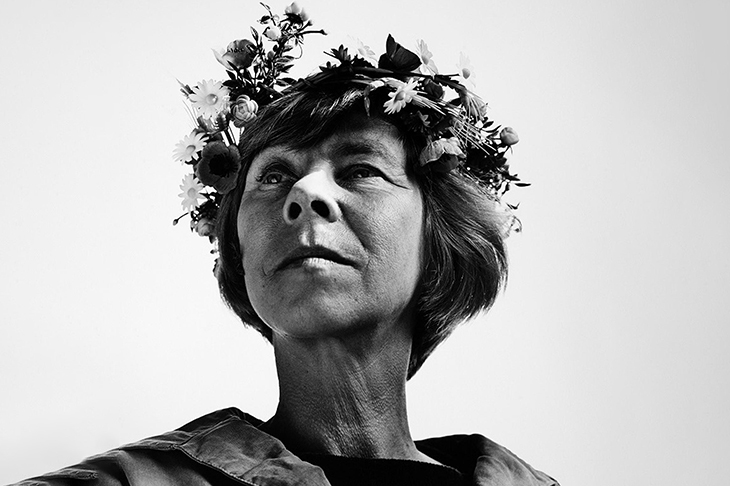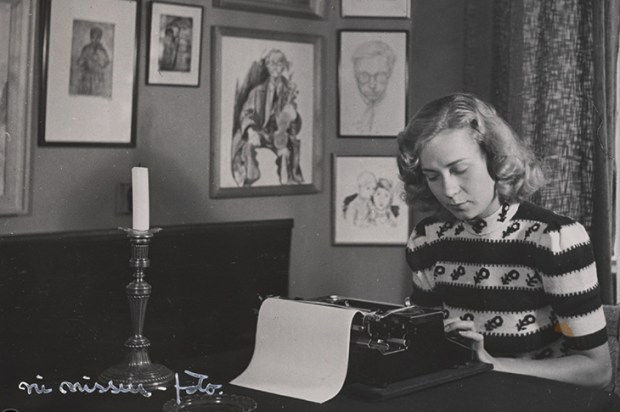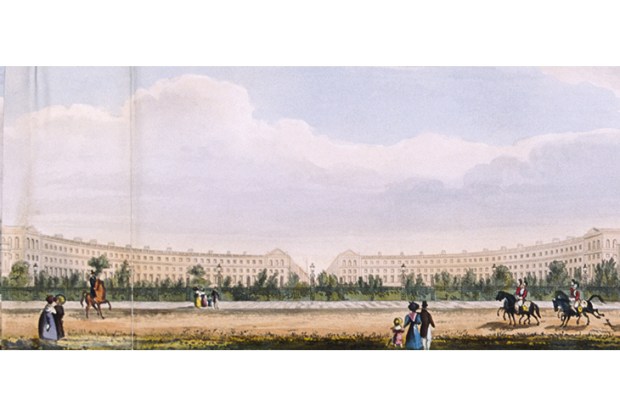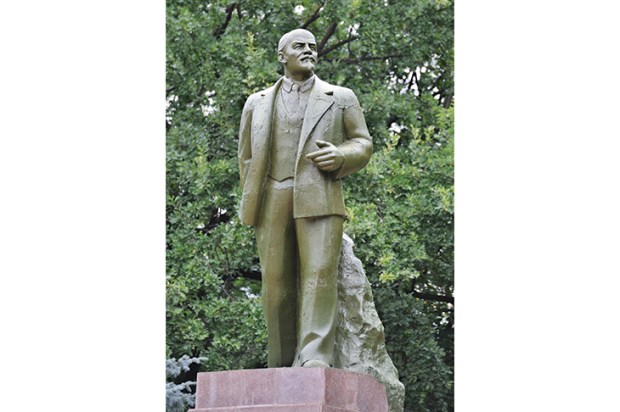In 1971, Tove Jansson paid one of her many visits to London, where 1960s fashion hangovers made the whole city look like ‘one big fancy-dress ball’. When not partying to celebrate 20 years of British editions for her Moomin books, she and her life-partner ‘Tooti’ — the artist Tuulikki Pietilä — caught performances of Hair (‘a grand glorification of psychedelic hippiedom’) and the ‘racy’ Canterbury Tales musical. They also saw that ‘incredibly powerful’ film, The Trials of Oscar Wilde — ‘very unlikely to come to Finland, unfortunately’.
Foreign admirers sometimes presume that, in postwar Finland, Jansson found it easy to be both a saintly godmother of children’s literature and a (fairly) openly gay writer-artist. In fact, Lutheran conservatism meant that homosexuality remained illegal until that year: 1971. Cheerful, plucky, and free-spirited — the irrepressible Nordic mid-point between Joyce Grenfell and Frida Kahlo — Tove seldom dwells on the social risks she runs in these witty, shrewd and hugely entertaining letters. Yet she refers to same-sex love as ‘the ghost side’, to ‘ghost bars’ in Paris, even to ‘ghosts’ like her having ‘pronounced island complexes’. (She adored the two rocky outcrops in the Helsinki archipelago where she spent scores of summers.)
The mature Tove often comes across as an absolute brick — grounded, jolly, practical and level-headed, racing around ‘like a sheepdog’ to calm distraught relations and ex-lovers (‘Ye gods, what havoc!’). Her private ‘ghost’ code yields a rare glimpse of a more elusive, estranged, otherworldly self. Like the solitary island-dweller, ‘living alone with the sea’, Tove the lesbian ‘ghost’ could float away from the social scene and its insistence that she ‘maintain my image: gentle, cultivated, enraptured child of nature’. The kindly auntie who drew the Moomins might also sometimes need to be, as a friend once put it, ‘an asocial aesthetic snob’.
These 160 letters, selected from thousands by Tove’s biographer Boel Westin and her last editor Helen Svensson, track her long, productive span (1914–2001) through the prism of a handful of key relationships with ‘companions in life, work and love’. Grouped according to recipient, they begin with letters to her family — both parents, mother Signe Hammarsten (‘Ham’) and father Viktor, were artists from Finland’s Swedish-speaking minority.
Later batches are addressed to Tove’s US-resident friend Eva Konikoff, her writer-politician boyfriend Atos Wirtanen, the theatre director Vivica Bandler (the first woman she loved), Tuulikki herself, and another artist friend, Maya Vanni. So we view the same events, at intervals, from different angles. Tove switches between registers according to context: bursting with madcap vim and Mitford-style drollery as she skips around late-1930s Paris and Italy as an art student; heartfelt and emotional in her confessional screeds to Eva; knocked sideways by her sudden passion for Vivica (‘like finding a new and wondrous room in an old house’); gently funny and affectionate with Tooti; briskly businesslike with all as the Moomin family balloons into a cult and touches ‘undreamt-of commercial heights’ that devour her time. She can be a gossip, a flirt, a visionary, an entrepreneur, almost a hermit.
By the early 1940s, Tove had already wandered prewar Europe, loved a variety of men and run headlong into the obstacles that — even for a woman of her background — stood in the way of a creative career: ‘Either a bad painter or a bad wife.’ Those bulbous philosophers the Moomins, and their homespun wisdom, had begun as a respite from the bitter divisions of Finland’s war with Russia and alliance with Nazi Germany. ‘Depressed and scared’, the young artist ‘crept into an unbelievable world where everything was natural and benign’. Her chubby clan took wing in the late 1940s, and — thanks to a syndication deal — bounced to worldwide fame in 1954 via Tove’s daily strip in the Evening News. The clubbable ‘gentlemen of Fleet Street’, among them the cartoonist Wally Fawkes (‘Trog’), loom large for her. Although she relishes ‘champagne in the mornings’ with the hacks (those were the days) and scrutinises her globe-trotting celebrity with a keenly ironic gaze, Tove soon feels that ‘this Moomintroll business has grown too big’.
Her beloved storm-swept islets (first Bredskär, then Klovharun) and the half-secret intensities of ‘ghostly’ love offer a refuge. As do the slyly bewitching novels and stories for adults — such as The Summer Book and, my favourite, the pitch-perfect fable of The True Deceiver — that increasingly occupied her after the Moomin strip had passed to her artist brother Lars. In words or images, she loved her work, and never slackened. Commissioned to illustrate Tolkien’s The Hobbit in 1961, she re-drew some pictures ‘60-80 times before they started to flow’. Equally, as she tells Vivica, pottering around the cabin could bring on bliss: ‘My happiness is complete as I carry stone and sand and planks and make terrible cabbage soups in high wind.’
If you want to stay happy, keep active. Translated from the Swedish by Sarah Death with all the fun, dash and grace they need, these letters bear witness to a busily fulfilled — but never unexamined — life. Mostly, we hear only from Tove, although this volume’s conscientious commentaries quote a later letter from Atos Wirtanen (the two stayed close): ‘You yourself are all ages, from youngest to eldest, and perpetually at the start of your life.’ That nicely captures the wonderstruck buoyancy of the voice that speaks here. Atos adds that ‘there is a short and precise word for that: genius’.
Got something to add? Join the discussion and comment below.
Get 10 issues for just $10
Subscribe to The Spectator Australia today for the next 10 magazine issues, plus full online access, for just $10.
You might disagree with half of it, but you’ll enjoy reading all of it. Try your first month for free, then just $2 a week for the remainder of your first year.














Comments
Don't miss out
Join the conversation with other Spectator Australia readers. Subscribe to leave a comment.
SUBSCRIBEAlready a subscriber? Log in